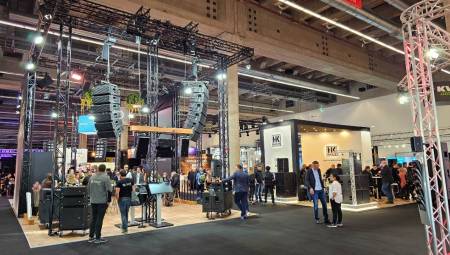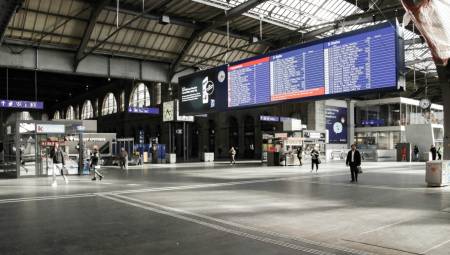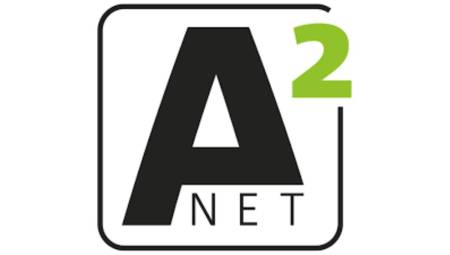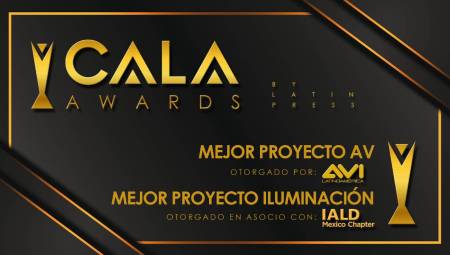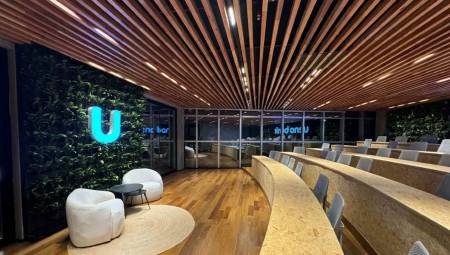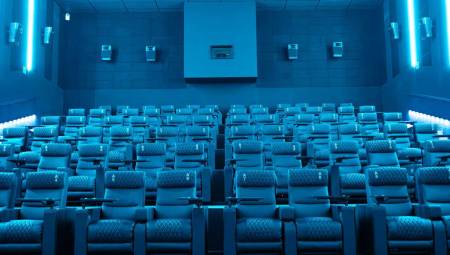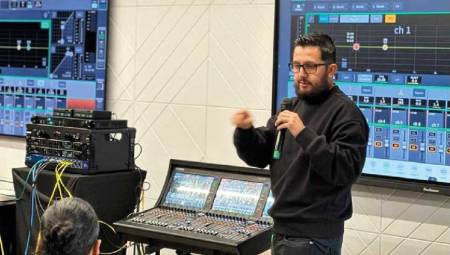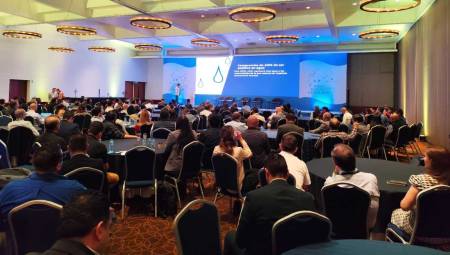 Latin America. The incorporation of Epson's BrightLink 500 series interactive video projectors in the classrooms of some establishments, have achieved a change in the way of teaching and delivering content.
Latin America. The incorporation of Epson's BrightLink 500 series interactive video projectors in the classrooms of some establishments, have achieved a change in the way of teaching and delivering content.
Seeing students with their mobile devices in classrooms has become an increasingly frequent scenario. But what used to be a distraction for teachers. Today, on the contrary, it is a key tool to facilitate learning and improve teaching, through a more active participation of its students, and allowing learning to be more effective and timely.
The new BrightLink series gives teachers greater control in classrooms of the multiple mobile devices that students bring to school, as they achieve functionality built into the moderator, allowing connectivity of up to 50 computers, tablets and other portable devices over the network. Teachers can wirelessly control what is seen on personal devices, displaying a maximum of four screens at the same time.
According to Christian Dettleff, Business Manager Cono Sur Epson, "the added value that our company is delivering to education is very important; every year we are visited by experts from Japan to evaluate the use and improvements of projectors in classrooms. This is how the third generation of BrightLink interactive video projectors is making many devices connect with each other and the projector, which generates a collaboration network within the room, managing to integrate students, teachers, technologies and content; as well as other software tools and devices in the projector that allow to improve the dynamics of classes and learning".
These interactive equipment deliver a more dynamic learning process, being a resource that makes the classes more visually attractive and allowing a multiplicity of methodologies that adapt to the different cognitive styles of the students. On the other hand, greater participation in classes has been encouraged, especially in the most practical activities providing the opportunity to access very varied materials from various sources, being applicable to all educational stages in a flexible and adaptable way to students and teachers.
"This incorporation has favored reading, the development of mathematics, the drawing of geometric figures, to visualize the human body in 3D. A teacher who uses technologies is even more valued by students because they can speak the same language," says Sebastián Godoy, Head of Technology at Saint George's College, a Chilean institution that is already part of this trend.
This modern technology is already being applied in Mexico, Peru, Brazil and Colombia, with the United States being the pioneer and an example of its use in most of its schools. In all these countries it has been the teachers who have been in charge of implementing all the technology of the modern equipment, having to learn and update their way of teaching.




